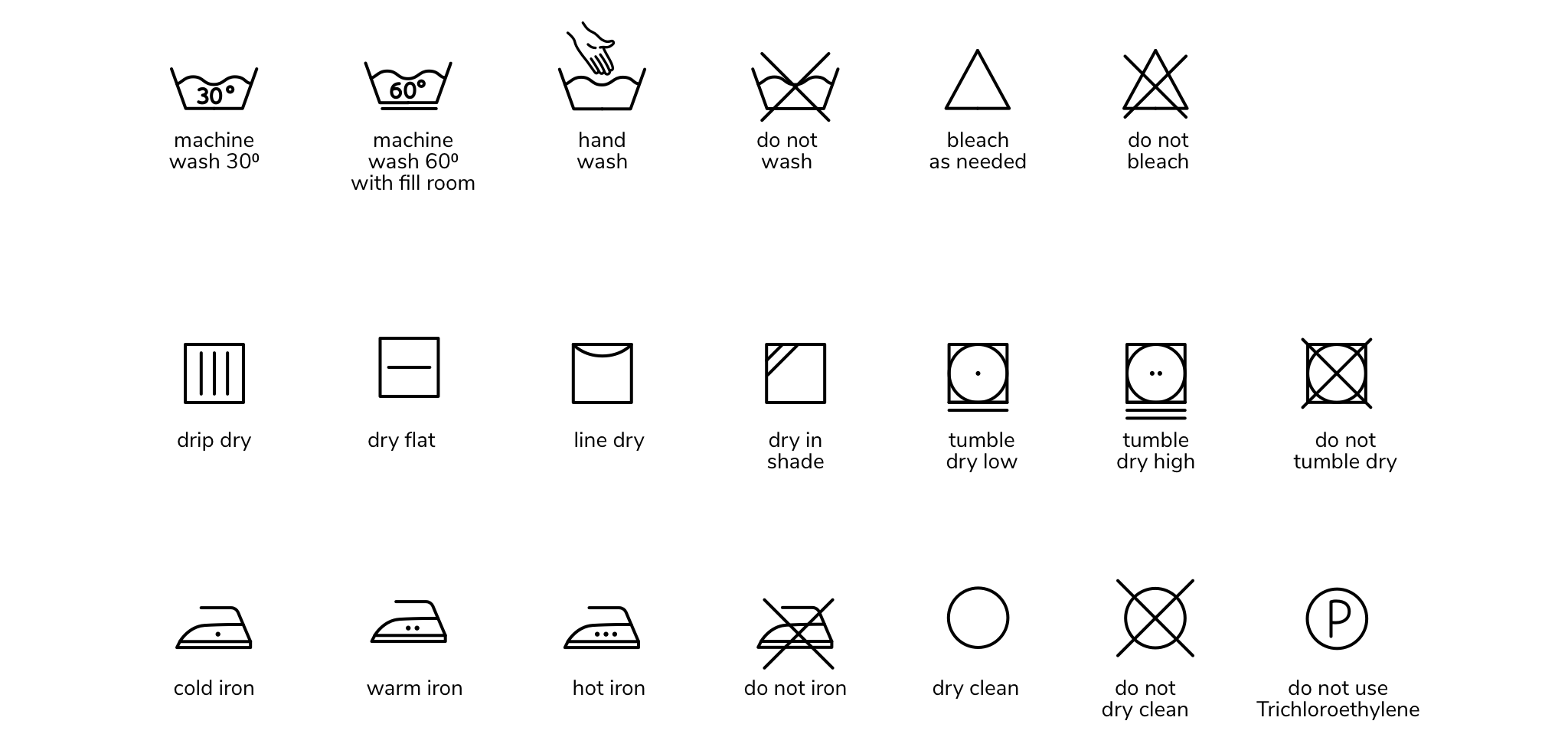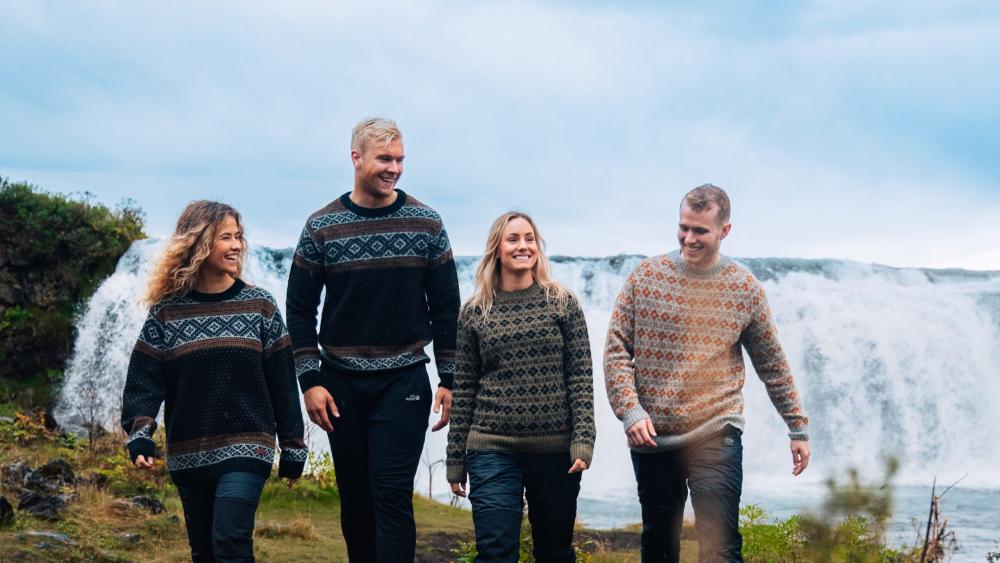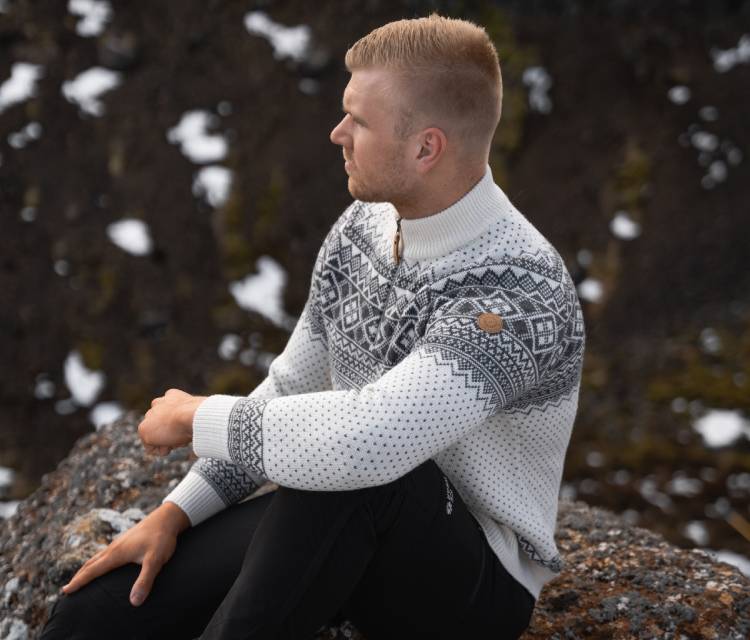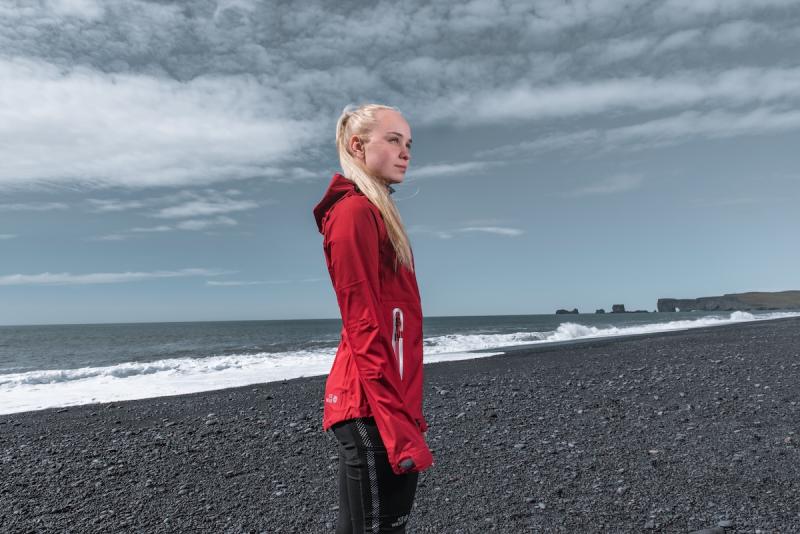We’ve all done it, you wash that favourite sweater and oh no, it’s shrunk! You mourn its loss and move on, remonstrating yourself for neglecting to read the care label. Then again even if you had examined it, do you really know what all those funny symbols mean?
Well, today we’re going to turn you into a clothing-washing pro, even with wool sweaters. At least…Icewear can teach you how to wash wool, merino, angora and outdoor clothing correctly—actually doing the laundry will still be up to you!
That favourite sweater has a history. That hiking jacket has a future. And that new scarf is unrivalled in beauty. To keep them that way read on to learn how to translate those symbols and so you can enjoy those clothes for much longer!
How Often Do You Wash Different Clothes?
Even if your laundry day is the same day every week, that doesn’t mean you wash everything all together. Right? (Icewear certainly hopes not.) There are specific ways to wash specific garments, and some items only need to be washed once in a blue moon.
Regular day clothes, of course, should generally be washed each time they’re worn. This includes workout clothes and underwear for sure, not to mention regular socks, t-shirts, dresses, trousers, and the rest of your “street clothes.”
Suits and pyjamas, on the other hand, can go four or five uses before needing to be washed. Depending on how often you put your suits on these days, that could make for a very long time between washings!
If you’re wondering how often to wash jeans, those are best cleaned every four or five wears. Jeans are generally the items people wash least, with some preferring to wait until up to eight or ten uses before washing, depending on what you’ve been doing in them.
Sweaters are where washing cycles get more delicate. Those made of cotton, silk and similar can go two or three wears before washing. Wool sweaters, like those traditional Icelandic designs sold on Icewear, can go up to five wears before they’re washed, in part because of Icelandic wool’s natural antibacterial properties.
In fact, the first step before washing wool sweaters at all is hanging them to air out! This comes in handy on multi-day trekking expeditions, because by using a wool base layer (instead of a synthetic one), you can simply air your wool layers out to keep them from smelling. No washing required, defiantly a bonus on a trip with no washing machines!
For your outdoor trekking and camping gear, there are some items that never need to be “washed,” at least not in the way we think of washing laundry. Most of these are simply wiped down after multiple uses. If you wash these garments, you can actually damage them. They carry a special rainproof finish and detergent will wipe it right off. If you absolutely must use a little soap to clean a rainproof coat, dilute it in a spray bottle with water and use it sparingly.

To maintain your rainproof coats and trekking gear a skill! Brush off excess dirt and zip the article up before wiping it down. In cases when you absolutely must machine wash them, turn these garments inside out to ensure buttons and zippers don’t get damaged.
There are special rain-resistant sprays you can use on these, too, and it’s a good idea to apply grease to any leather straps or detail once the article is clean and fully dried. With proper care this sort of clothing can last decades, not just years!
Still unsure how you make sense of the actual washing of other special items once you reach laundry day? Start with this tutorial on care labels and you’ll walk away with a solid foundation in how to wash absolutely all your clothes!
Checking Care Labels, a laundry labels chart
So, what do the symbols on clothes labels actually mean? The importance of checking labels is pretty self-evident (just think about that sweater you shrunk), but that doesn’t make deciphering those symbols on care labels any easier. Here’s what you need to know:
- The machine-wash symbol (shaped like a bucket filled with water) tells you what temperature of water to wash an item in. If there are three dots, that means hot; two dots mean warm; one dot means cold. If there’s an “X” over the symbol, it’s an item for hand-wash or dry clean only.
- The bleach symbol (shaped like a triangle) tells you whether to use chlorine bleach. If there’s an “X” over it, no bleach is used.
- If a garment should be dry-cleaned only, its care label will include an empty circle icon. If that circle is surrounded by a square, it can be tumbled dry.
- A square with a horizontal line means that the item must be laid flat to dry. This is something you’ll see often on wool sweaters and similar among Icewear products.

Special Detergents and Soaps to wash clothes
When it comes to washing Icelandic wool blankets plus hand-washing sweaters and the like, the detergents and laundry soaps you use make all the difference. Here are the highlights you need to know:
- Colour-safe bleach is a fairly new invention that works on most products to remove stains. It’s not a disinfectant like chlorine bleach, though.
- Chlorine bleach helps keep white clothing as bright as possible. It’s a powerful chemical and can burn skin and destroy clothing. It should always be diluted before use.
- Fabric softener keeps items like blankets and towels fluffy and soft, and helps cut down on static electricity.
- Detergent, of course, is the soap used to do the actual washing! There are many specialty detergents for certain kinds of clothing, for example special wool detergents that ensure you retain the original texture to those luscious wool knits (like lopasápa, which we talk about in greater detail later).
Note: if you don’t opt for a wool-specific detergent, be sure to elect one that’s neutral and mild. Heavy-duty or “bio” detergents with enzymes can damage your wool and damage its texture, color, and even fit. Furthermore, these heavy-duty ingredients are harmful to the environment. Favoring a natural alternative is better for the world and for your wool.
When and How to Hand Wash Sweaters
Machine washing is never a good choice for wool sweaters. For that matter, there are plenty of examples where it’s not good for other sweaters, either! In general, machine-washing wool isn’t possible without irreversibly damaging it. Coming back to the earlier example of wool’s benefit to you on trekking expeditions, it’s also helpful to know that hand-washing wool in Iceland is easy with the hot springs and hot showers along many popular hiking roads. When in doubt with wool, err on the side of hand washing. It helps that those sweaters can go up to five uses before they’re washed!
You don’t need many supplies to hand-wash wool or other delicate garments, either. Just gather up your lopasápa detergent, a towel and a waterproof container where you can submerge the items one-by-one, and you’re set.
Machine washing is never a good choice for wool sweaters. For that matter, there are plenty of examples where it’s not good for other sweaters, either! In general, machine-washing wool isn’t possible without irreversibly damaging it. Coming back to the earlier example of wool’s benefit to you on trekking expeditions, it’s also helpful to know that hand-washing wool in Iceland is easy with the hot springs and hot showers along many popular hiking roads. When in doubt with wool, err on the side of hand washing. It helps that those sweaters can go up to five uses before they’re washed!
You don’t need many supplies to hand-wash wool or other delicate garments, either. Just gather up your lopasápa detergent, a towel and a waterproof container where you can submerge the items one-by-one, and you’re set.

Here’s how to wash wool sweaters and other wool garments, specifically
- Fill the tub or bucket with lukewarm or cold water (less than 30°C or 86°F), but leave some space to sink your hands in with the sweater. Add a small amount of detergent (a teaspoon or a tablespoon at most).
Note: Wool-specific sweater detergent really is a worthwhile purchase to keep wool articles at their best . Since you wash wool so infrequently you will go through the detergent slower than any other product you keep in the house anyway. The best wool-specific detergent is lopasápa, and is suitable for wool lopa sweaters and other traditional wool items and knitwear. - Next, submerge the sweater and swish it around, as though your hands themselves were a washing machine. Once finished, let the sweater soak in the solution for a few minutes longer.
- Then, rinse in clean water. Swish the sweater around again to release the soap. Do not wring your wool sweaters, just keep swishing until no more detergent is released
- To dry, lay the sweater flat on a clean and dry towel, then press down across its surface to release as much water as possible. Once you’re done, lightly roll the towel up. The combination of pressing and rolling the sweater will leave it barely damp, at which point you can leave it flat to dry
Washing Clothes in Iceland
In Iceland we wash our clothes much the same way you do. There is a curious local tradition, however, that revolves around the enormous number of hot water springs on the island.
In the old days, there were open air laundries like one in Reykjavik called “Laugardalur laundry” where locals washed clothing in geothermal spring water. In fact the name Laugardalur, actually translates to “(hot) spring valley.”
All that abundance of warm water doesn't mean that clothing dries more easily, though. As it turns out, hanging clothing to dry in Iceland is tricky business, especially in winter, due to the limited sunlight and cold air. A wool sweater can actually be frozen stiff! In these conditions it’s best to hang and dry indoors.
Questions or comments about your Icewear care? View Icewear’s complete guide of washing instructions.








